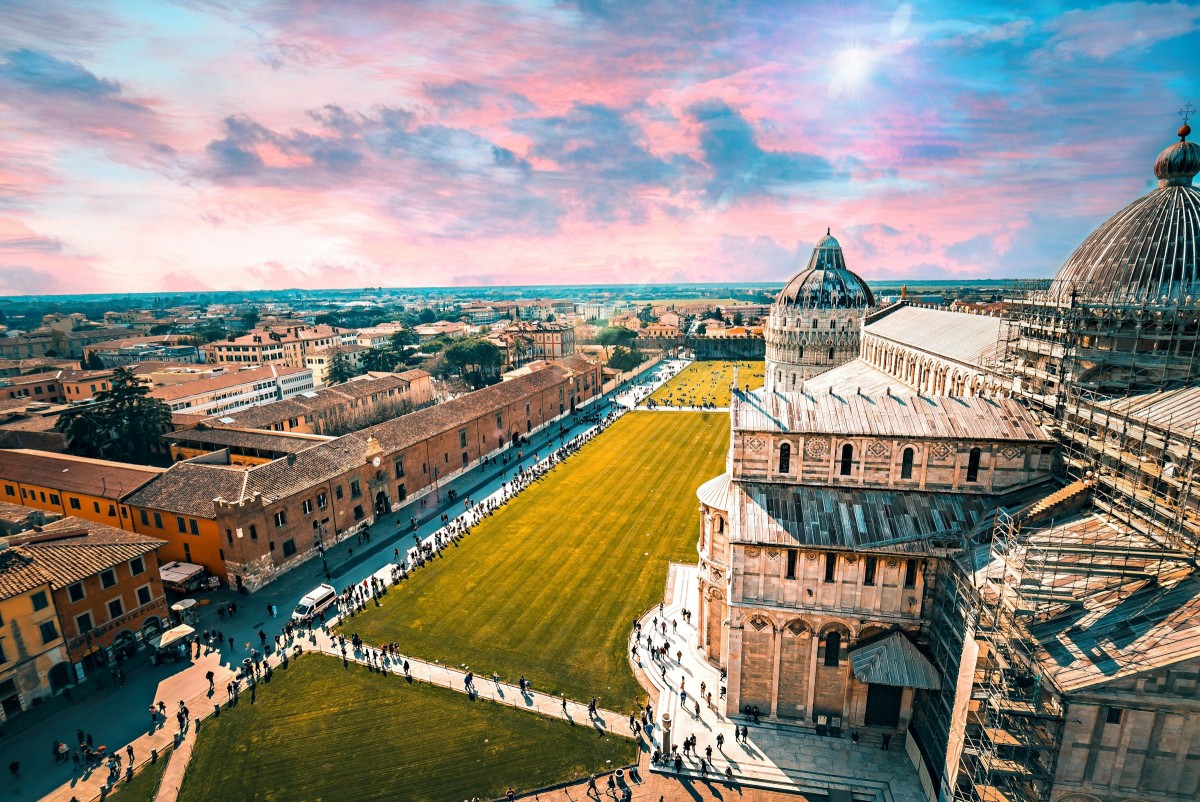
Tuscany, a region in central Italy, is renowned for its breathtaking landscapes, rich history, and cultural heritage. While Florence, its capital, often steals the limelight, Tuscany is dotted with numerous hidden gems that promise to enchant travellers. If you’re planning a trip to this picturesque part of Italy, here are some of the best places to visit in Tuscany beyond Florence.
What is the most beautiful part of Tuscany?
Tuscany’s allure extends far beyond Florence, with each town and village offering its own unique slice of history, culture, and natural beauty. Whether you’re exploring the medieval streets of Siena, enjoying the scenic landscapes of Val d'Orcia, or sipping on world-class wines in Montepulciano, Tuscany promises an unforgettable journey filled with diverse and enriching experiences. So, pack your bags and set off on an adventure to discover the best places to visit in Tuscany beyond Florence.
The best places to visit in Tuscany
Siena: a medieval masterpiece
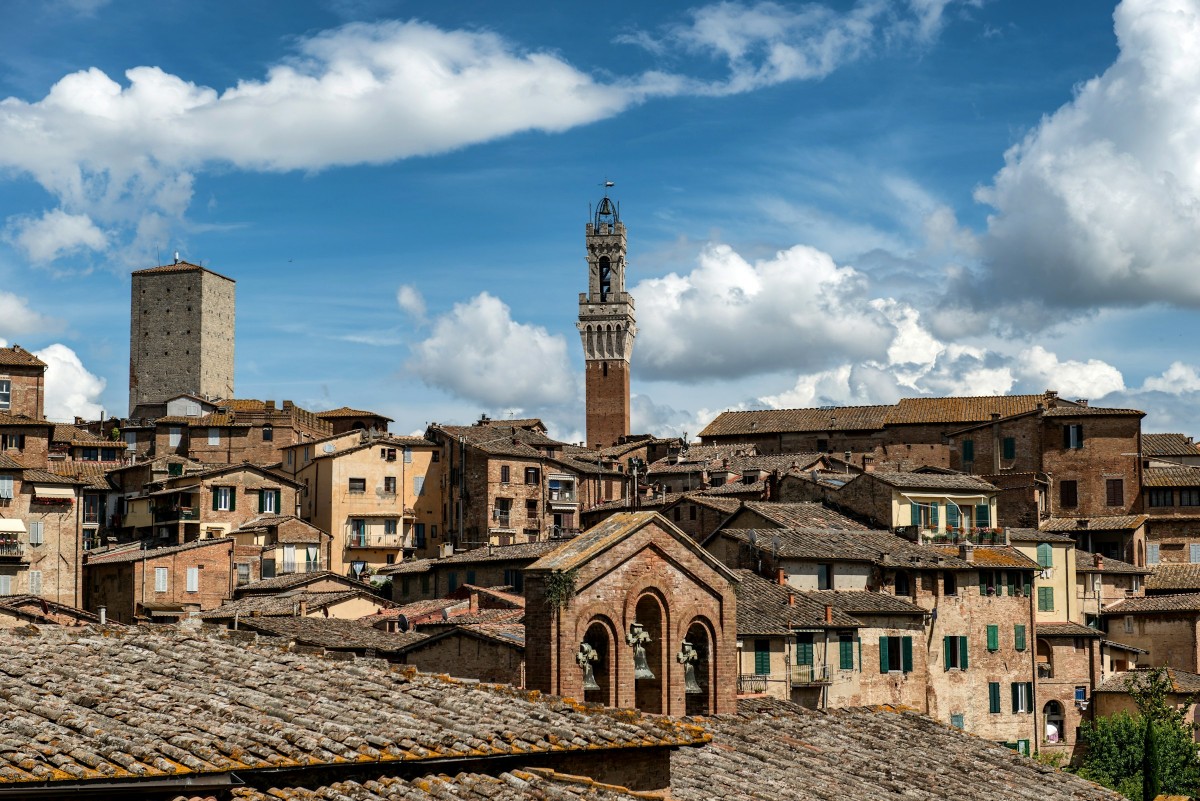
Siena, a city that rivals Florence in beauty and historical significance, is a must-visit destination. Its well-preserved medieval architecture, narrow winding streets, and vibrant piazzas transport visitors back in time. The Piazza del Campo, the city’s main square, is famous for the Palio, a thrilling horse race held twice a year. Don’t miss the stunning Siena Cathedral, a Gothic masterpiece with intricate marble work and impressive frescoes.
Pisa: beyond the leaning tower
Pisa is globally known for its iconic Leaning Tower, but this charming city has much more to offer. The Piazza dei Miracoli, where the tower is located, also houses the magnificent Pisa Cathedral and the Baptistery, both showcasing exquisite Romanesque architecture. Explore the vibrant streets of Pisa, visit the Museo dell'Opera del Duomo for a deeper dive into its art and history, and enjoy a stroll along the picturesque Arno River.
Lucca: the city of a hundred churches
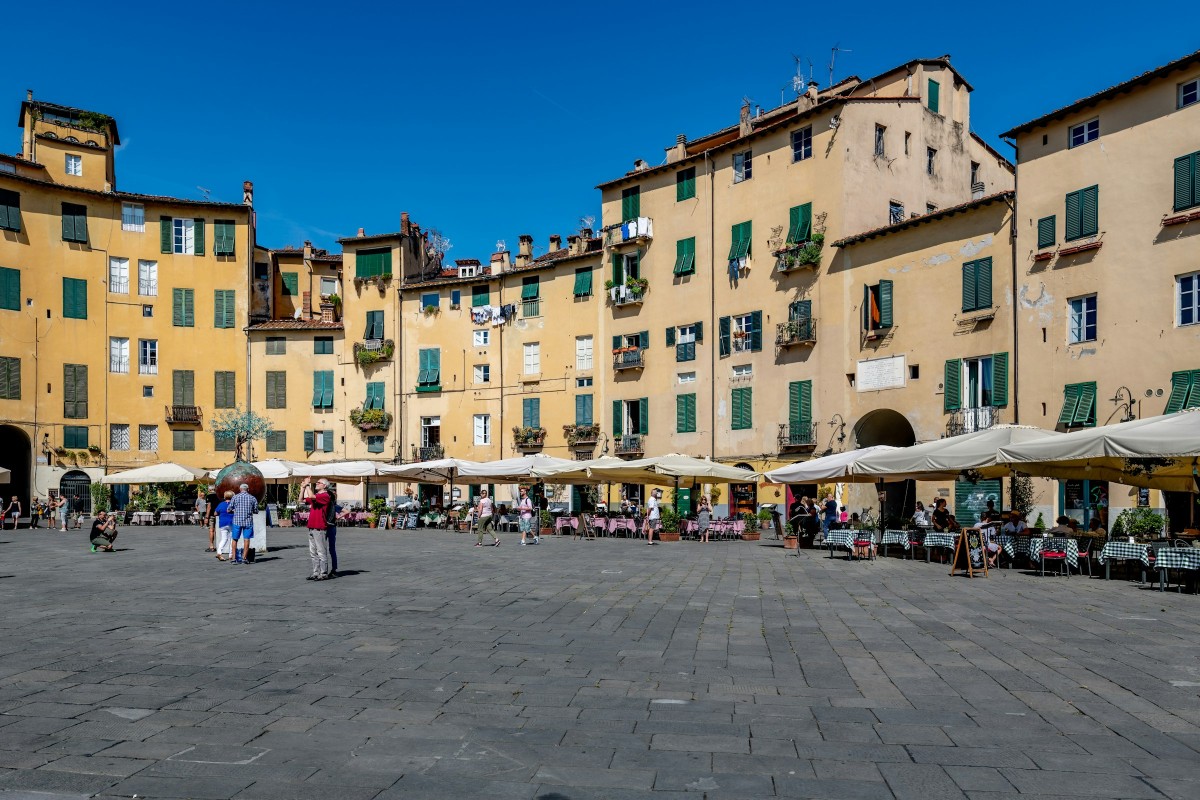
Encircled by well-preserved Renaissance walls, Lucca is a city of rich history and charm. Its cobblestone streets are lined with beautiful churches, such as the stunning San Michele in Foro and the Lucca Cathedral. The city’s historic walls now serve as a pedestrian promenade offering panoramic views. Don’t miss the chance to climb the Guinigi Tower, crowned with ancient oak trees, for a unique perspective of Lucca.
San Gimignano: the town of fine towers
San Gimignano, often referred to as the “Medieval Manhattan,” is famous for its skyline of medieval towers. This UNESCO World Heritage site is perched on a hill and offers stunning views of the surrounding Tuscan countryside. Stroll through its narrow streets, visit the Collegiate Church with its fascinating frescoes, and taste the local Vernaccia wine, which is unique to the area.
Val d'Orcia: Tuscany’s scenic gem
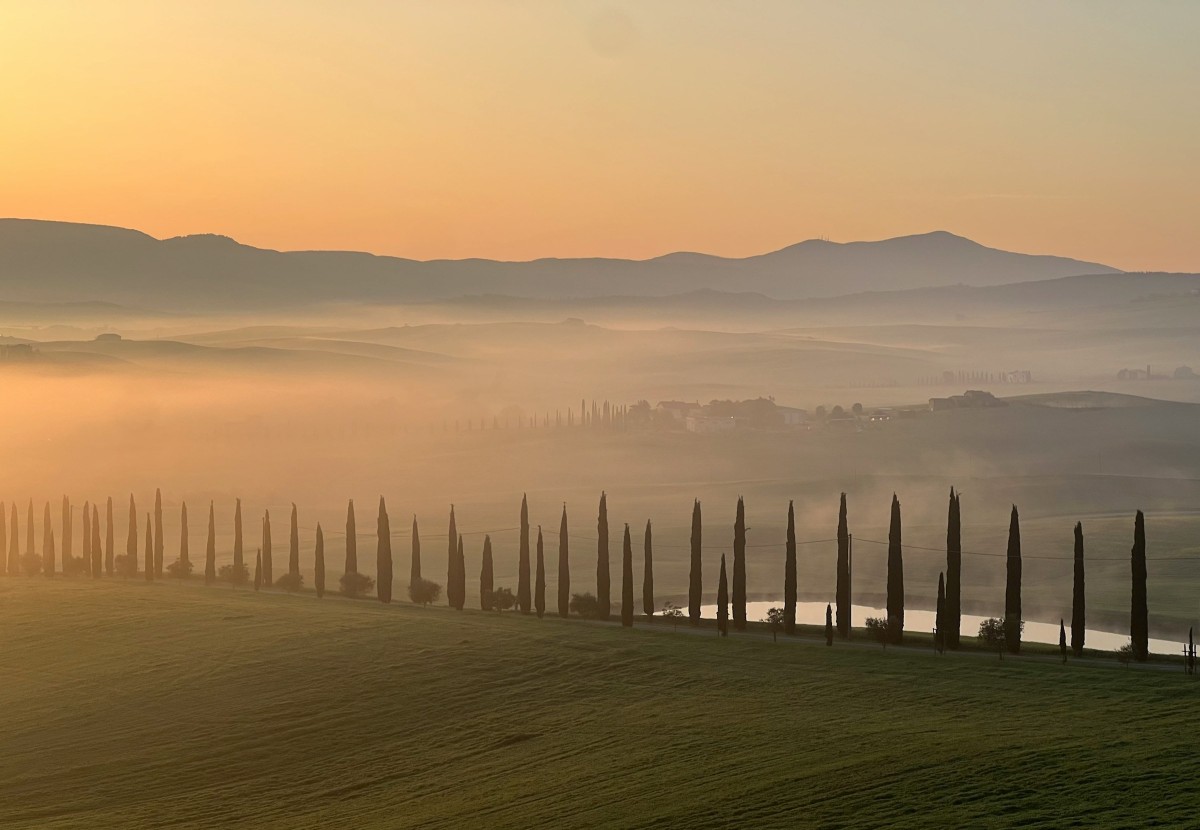
The Val d'Orcia, a UNESCO World Heritage site, epitomises the idyllic Tuscan landscape with its rolling hills, cypress-lined roads, and charming villages. Explore the quaint town of Pienza, known for its Renaissance architecture and Pecorino cheese. Visit Montalcino, famous for its Brunello wine, and enjoy a wine-tasting tour. The thermal baths of Bagno Vignoni offer a perfect spot to relax while soaking in the scenic beauty.
Arezzo: art and antiquity
Arezzo, one of Tuscany’s most ancient cities, is a treasure trove of art and history. It is home to the fresco cycle by Piero della Francesca in the Basilica of San Francesco, considered a masterpiece of Renaissance art. The monthly antiques fair in Arezzo’s Piazza Grande attracts collectors from all over Europe. Wander through its historic center to discover Roman ruins, medieval towers, and elegant piazzas.
Montepulciano: wine and renaissance splendour

Perched on a limestone ridge, Montepulciano is renowned for its Renaissance palaces, charming squares, and high-quality wine. The town’s main street, Corso, is lined with historic buildings and leads to the impressive Piazza Grande. Wine enthusiasts can visit the numerous wine cellars offering tastings of the famous Vino Nobile di Montepulciano. The nearby thermal springs of Chianciano Terme are perfect for a relaxing retreat.
Cortona: hilltop beauty
Cortona, made famous by the book and film “Under the Tuscan Sun,” is a charming hilltop town offering breathtaking views of the Valdichiana. Its Etruscan heritage is evident in the town’s architecture and museums, such as the MAEC (Museo dell'Accademia Etrusca). Enjoy leisurely walks through its steep streets, visit the beautiful Santa Margherita Sanctuary, and savour traditional Tuscan cuisine in local trattorias.
Tuscany beaches
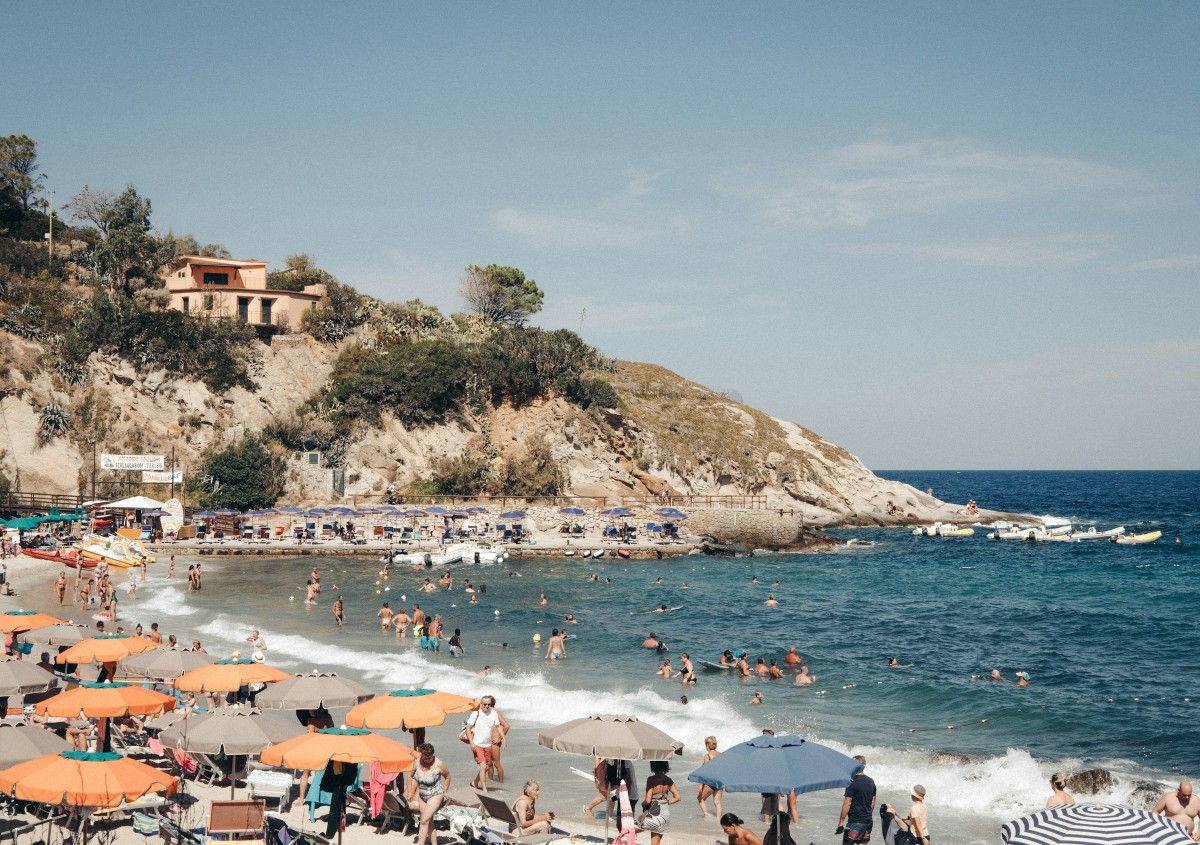
Does Tuscany have nice beaches? Tuscany, known for its scenic landscapes and historic towns, also boasts beautiful beaches along the Tyrrhenian Sea. Key beach destinations include:
Versilia Coast
- Forte dei Marmi: An upscale resort with sandy beaches and vibrant nightlife.
- Viareggio: Known for its lively promenade, art nouveau architecture, and family-friendly beaches.
Etruscan Coast
- Castiglioncello: Offers rocky coves, clear waters, and pine forests, ideal for snorkelling and diving.
- Cecina: Features a mix of sandy and pebbly beaches surrounded by pine forests.
Maremma Coast
- Castiglione della Pescaia: A medieval town with pristine beaches and clear waters.
- Cala Violina: A secluded beach known for its unique sound-producing sand.
Elba Island
- Spiaggia di Cavoli: Popular for its fine sand and turquoise waters.
- Fetovaia: A crescent-shaped beach with golden sand and shallow waters.
Tuscany's beaches cater to various preferences, from luxury resorts to natural, secluded spots.
Living in Tuscany
If you're after more than just a holiday, living in Tuscany offers a harmonious blend of serene countryside, rich cultural heritage, and vibrant local life. Residents enjoy picturesque landscapes with rolling hills, vineyards, and olive groves, while historic cities like Florence, Siena, and Pisa provide access to world-class art, architecture, and education. The region's culinary scene is celebrated for its farm-to-table dining and exceptional wines. Tuscany's mild climate, coupled with a strong sense of community and a slower pace of life, makes it an idyllic setting for those seeking both tranquillity and cultural enrichment.
